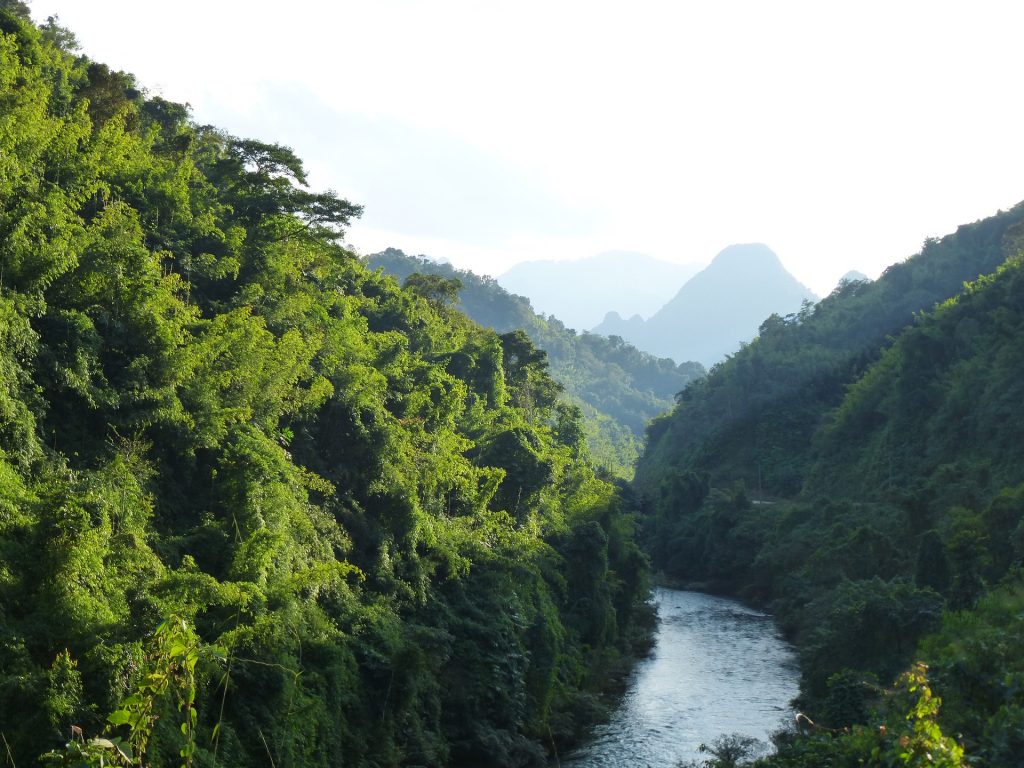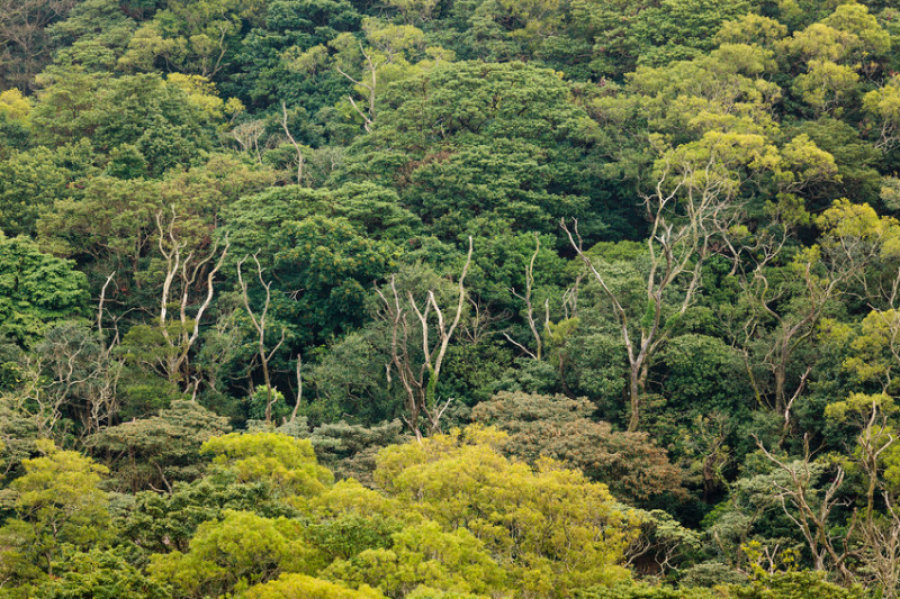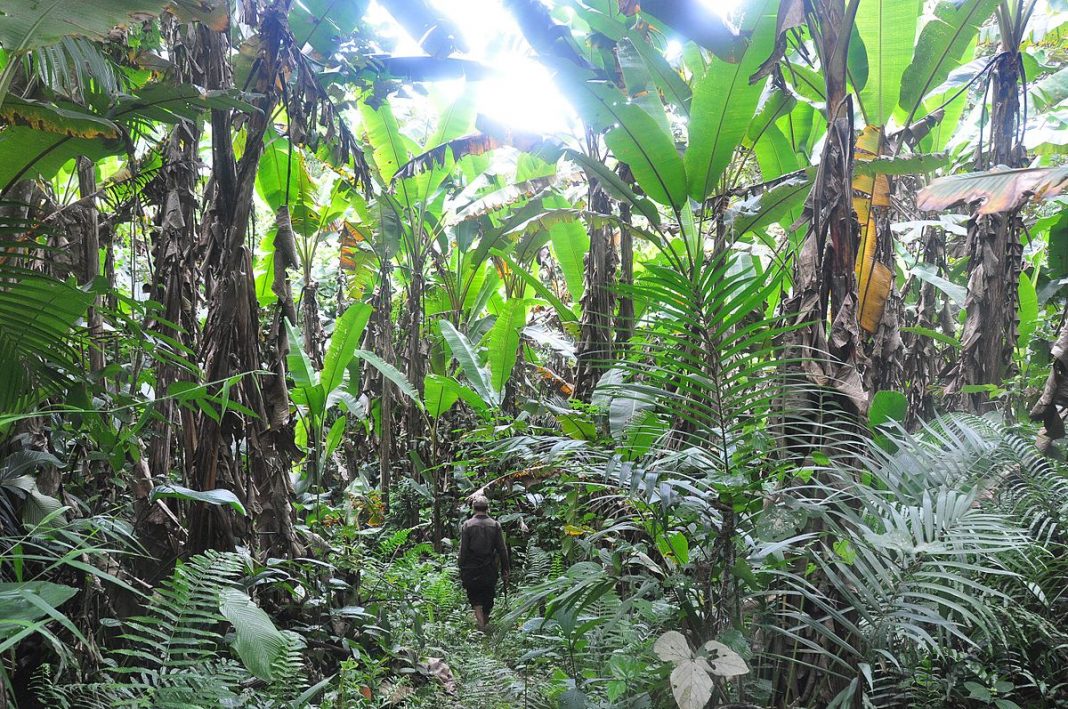The estimation of forest cover in Laos has been a controversial issue over recent years, due the lack of official and internationally-recognized definition of forest. Because of this, estimated forest cover in Laos has been varied, dependent on the definitions and methodologies for analysis.

According to the latest official forest classification, which defines forest as an area with a minimum 20% canopy density, 10 cm stand diameter at breast height (DBH) and 0.5 hectares of area, the total forest area of Laos is estimated about 13.2 million hectares, or 57.4% of total land area in 2015.
Mixed deciduous forest is the most dominant, accounting for about 9.4 million hectares. Other types of the forest include dry dipterocarp, dry evergreen, coniferous and mixed coniferous and broadleaved forests. Besides these, there are potential forests of regenerating vegetation, industrial tree plantation and bamboo (27.30% of total area).

Forest resources are important to many stakeholders and contribute significantly to the rural economy in Laos. They provide tremendous environmental values through the provision of ecosystem services, including the protection of biodiversity and watersheds, as well as the sequestration of carbon dioxide.
Forests are important to the spiritual beliefs of many rural Lao communities and indigenous people. Many villages preserve spirit forests as areas where spirits are believed to reside, as well as cemetery forests, where ancestors are buried. In rural areas, forests also contribute to the comfort and aesthetics of a village.












